There are fewer than 100 wild ocelots left in Texas, and it’s no wonder: their habitats have been broken up by highways and other human infrastructure. Conservationists in the state set up gated areas along the busy State Highway 100 in hopes of protecting these special cats, and images from camera traps now reveal the broad range of creatures taking advantage of the safe passing.
New research published in Frontiers in Ecology and Evolution shows how wildlife protection fences and exits in southern Texas are working to keep native animals away from cars. The success of these fences for several species has led the study authors to conclude that they have likely protected the region’s small ocelot population, too—but because the cats are so rare, they haven’t yet captured any photos of them using the exits.
Researchers studied a fenced area of about 12 kilometres along State Highway 100 between Laguna Vista and Los Fresnos from early 2019 to November 2020. The fence has funnel-shaped protected paths and 10 wildlife exits, designed to lead ocelots and other animals away from the highway and back into their natural habitats. Two automatic cameras were installed at each exit, one looking outward and one inward.
The scientists documented that up to 10 species of mammals used the wildlife exits along that stretch, including coyotes, bobcats, jackrabbits, raccoons, and opossums.
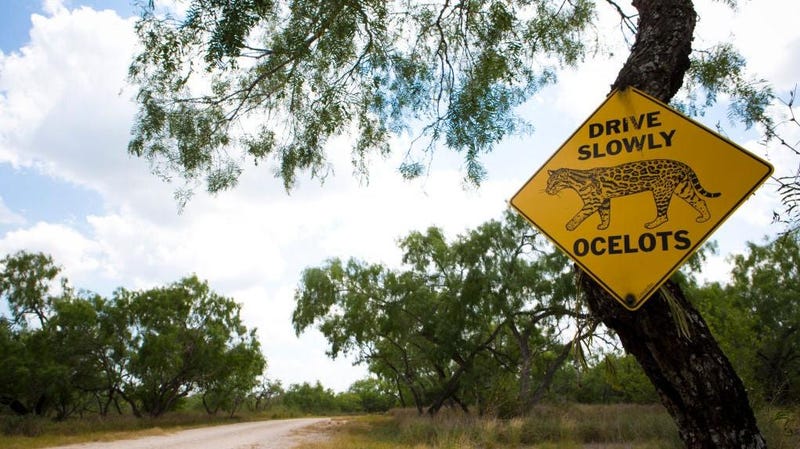
“We anticipated that the extreme rarity of ocelots would limit the amount of data collected on that species. For this reason, we also focused on more common bobcats and coyotes, as they have similar habitats, diets, body sizes, and behaviours as ocelots, with overlapping home ranges between them,” study co-author Kevin Ryer said in a statement.
The subset of ocelots found in northeastern Mexico and southern Texas are federally endangered, according to the Nature Conservancy. Their numbers dwindled in the U.S. due to hunting and trapping. Though hunting endangered animals is no longer allowed, habitat loss and car collisions have become major threats for these cats. “The consequences of a lack of landscape connectivity in south Texas have led to decreases in ocelot population size, a loss of genetic diversity via inbreeding and an increase in road mortalities,” the study authors wrote.
Though many of the species captured by the camera traps may not be as threatened as ocelots are in the region, it’s still best to keep them off busy highways. Not all animals managed to easily pass through the fenced-off sections or the wildlife exits all of the time. Some coyotes struggled to fit in the narrower areas of the fenced sections. And though fewer bobcats were photographed compared to coyotes, they had a higher success rate for using the fences to stay safe near the highway.
The team suggests implementing more of these fenced-off areas for better wildlife conservation. “Wildlife collision mitigation is less expensive to implement during the construction phase of highways than retrofitting mitigation after construction,” University of Texas Rio Grande Valley professor and study author Richard Kline said in a statement.
View the slideshow for photos of the many South Texas animals using the wildlife exits.
Want more climate and environment stories? Check out Earther’s guides to decarbonizing your home, divesting from fossil fuels, packing a disaster go bag, and overcoming climate dread. And don’t miss our coverage of the latest IEA report on clean energy, the future of carbon dioxide removal, and the invasive plants you should rip to shreds.
Skunking around wildlife exits in Texas
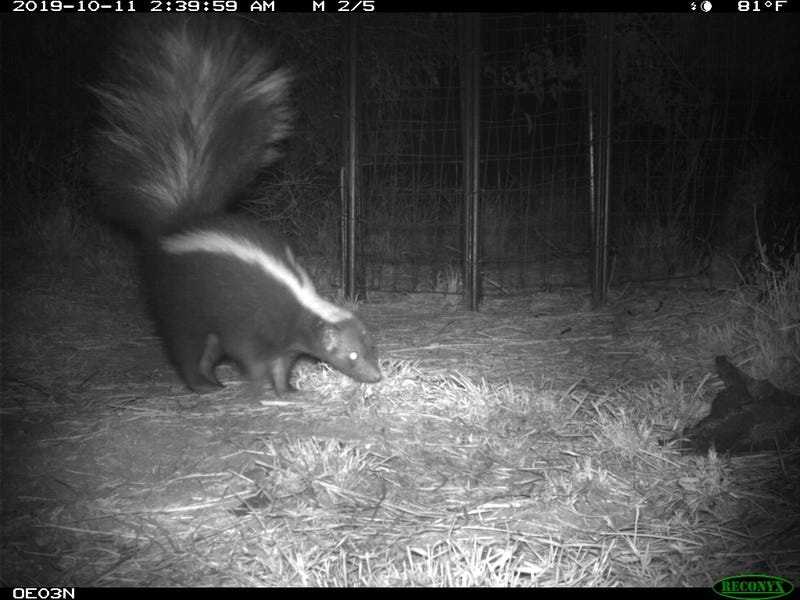
Coyotes crossing through wildlife exits
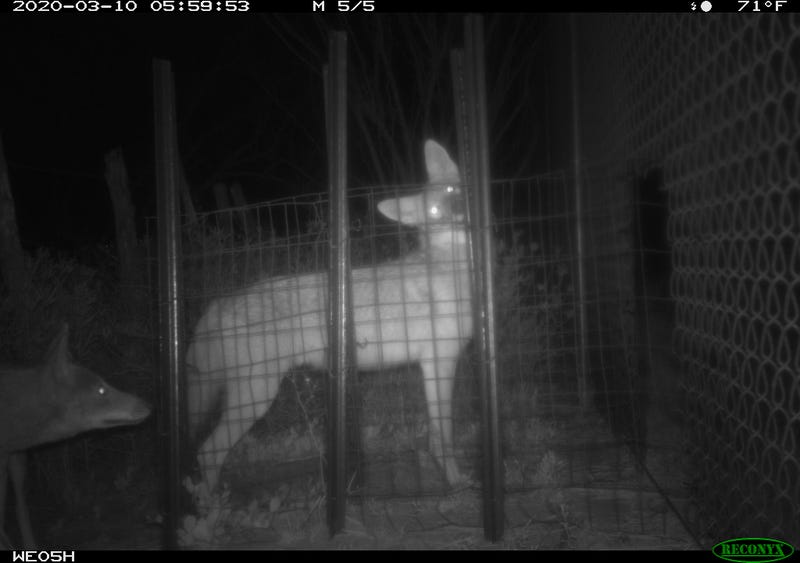
A bobcat crosses through a wildlife exit in southern Texas
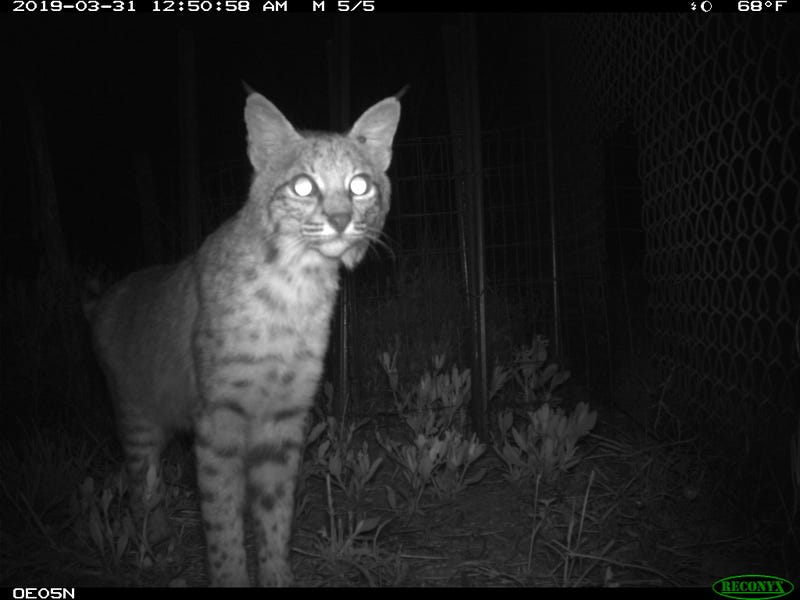
A clan of raccoons explores a wildlife exit
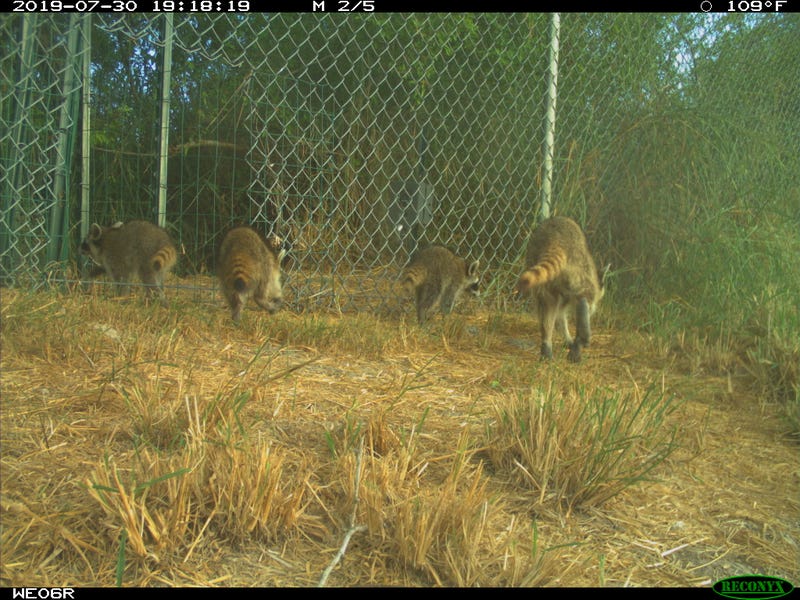
A lone roadrunner by the wildlife protection fences
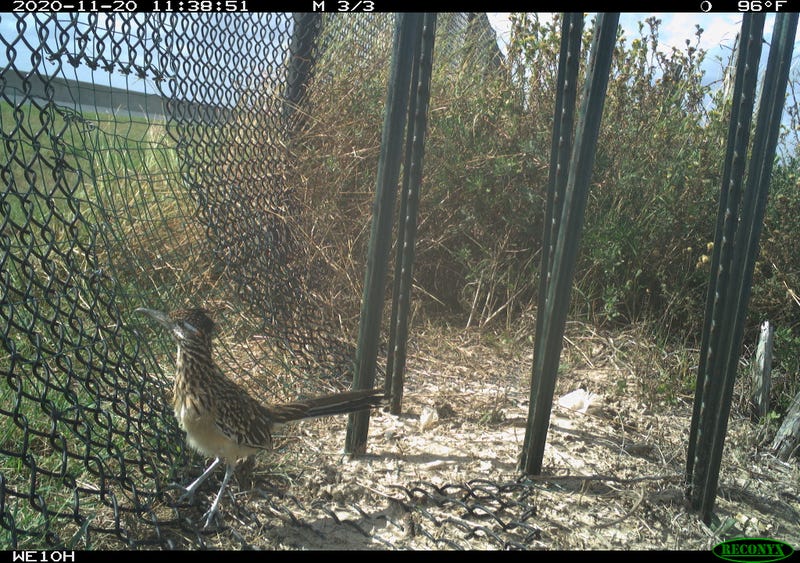
An armadillo near a wildlife exit in Texas

One of the few ocelots left in Texas
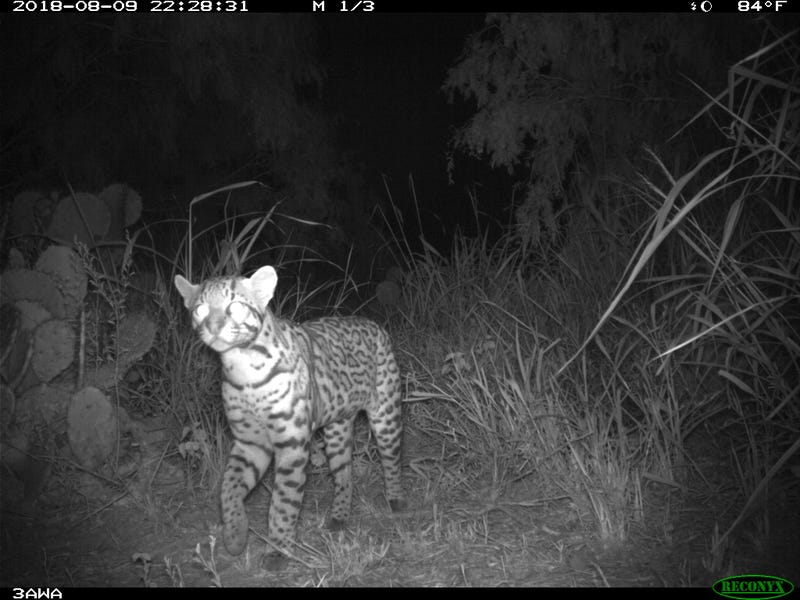
A Texas tortoise near one of the wildlife exits
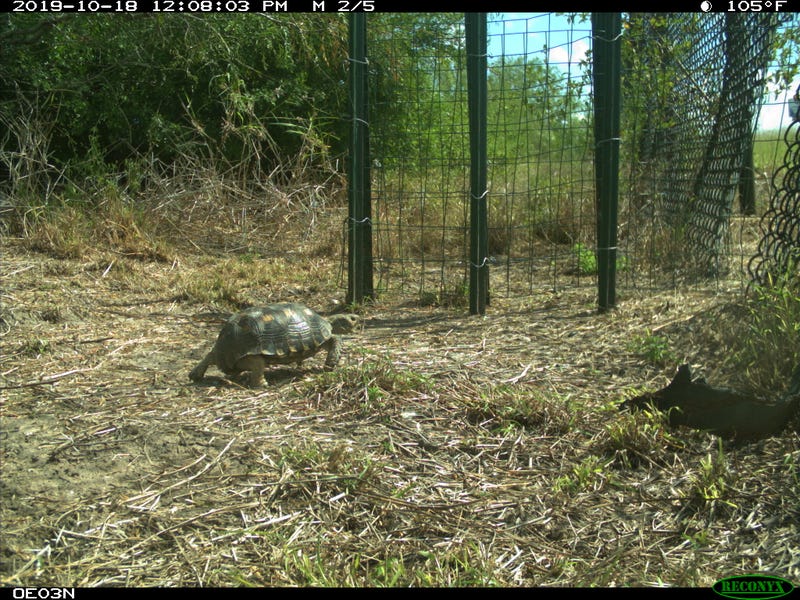
A raccoon poses for the camera in Texas

Two rodents ‘dance’ near a wildlife exit

A deer passes by an exit

